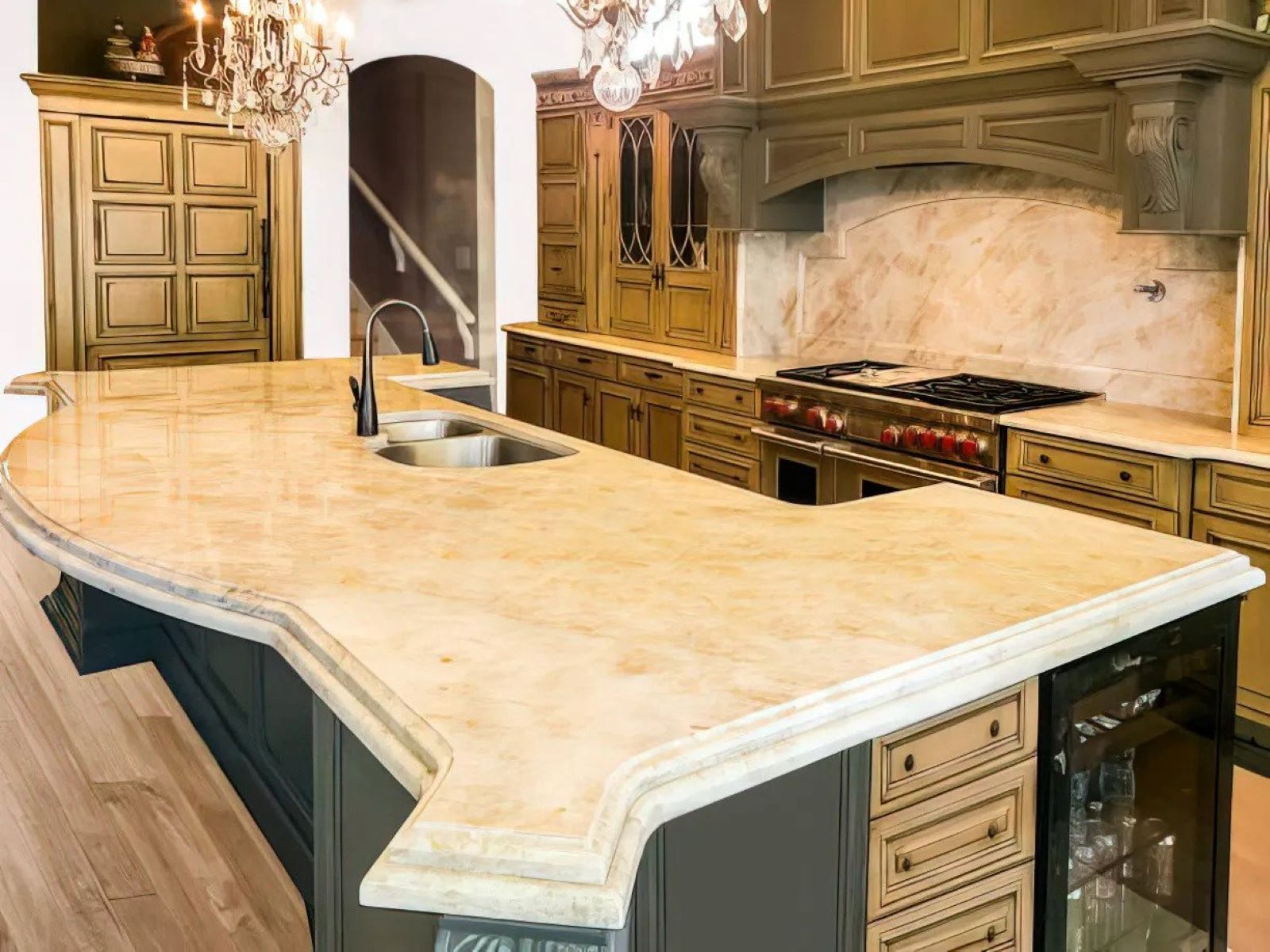

Articles
How To Care For Limestone Countertops
Modified: January 6, 2024
Learn how to properly care for your limestone countertops with our helpful articles. Find tips, tricks, and expert advice to keep your countertops looking pristine.
(Many of the links in this article redirect to a specific reviewed product. Your purchase of these products through affiliate links helps to generate commission for Storables.com, at no extra cost. Learn more)
Introduction
Limestone countertops are a beautiful and durable option for any kitchen or bathroom. Their natural elegance and unique patterns add a touch of sophistication to any space. However, to keep them looking their best, it’s important to properly care for and maintain these countertops.
In this article, we will explore the ins and outs of caring for limestone countertops. We will delve into the cleaning and maintenance tips that will help you preserve the beauty and longevity of these stunning surfaces. By following these guidelines, you can ensure that your limestone countertops remain a focal point of your home for years to come.
Key Takeaways:
- Preserve the natural beauty of your limestone countertops by using mild cleaning solutions, avoiding acidic or abrasive cleaners, and promptly addressing spills and stains. Regular sealing and preventive measures are essential for maintaining their elegance and durability.
- Restore and maintain the lustrous appearance of your limestone countertops by employing proper repair techniques for minor damages, such as filling in small scratches or chips, and polishing the surface to bring out its natural shine. Regular care and maintenance will ensure their lasting beauty and functionality.
Read more: How Is Limestone Used In Construction
Understanding Limestone Countertops
Limestone is a sedimentary rock that is formed from the remains of ancient marine organisms. It is a popular choice for countertops due to its natural beauty and durability. Limestone countertops come in a variety of colors and patterns, ranging from soft neutrals to bold hues.
One of the key characteristics of limestone is its softness compared to other natural stones like granite or quartz. This makes it more susceptible to scratching and staining. However, with proper care and maintenance, you can minimize these risks and keep your limestone countertops looking pristine.
It’s important to note that limestone is a porous material, meaning that it has small pores and can absorb liquids. This makes it prone to staining, especially if spills are not promptly cleaned up. Additionally, acidic substances such as citrus juices, vinegar, or certain cleaning agents can etch the surface of limestone, causing damage.
Understanding the nature of limestone and its vulnerabilities is crucial in developing an effective care and maintenance routine. By taking the necessary precautions and using the right cleaning techniques, you can protect your limestone countertops and maintain their natural beauty for years to come.
Cleaning and Maintenance Tips
Proper cleaning and maintenance are essential in preserving the beauty and longevity of your limestone countertops. Here are some tips to help you keep them looking their best:
- Use mild cleaning solutions: When cleaning your limestone countertops, avoid using harsh or abrasive cleaners. Opt for mild, pH-neutral cleansers that are specifically formulated for natural stone surfaces. These gentle cleaners will effectively remove dirt and grime without causing any damage.
- Avoid acidic or abrasive cleaners: Avoid using acidic substances such as lemon juice or vinegar, as they can etch the surface of the limestone. Similarly, avoid abrasive cleaners or scrub brushes that can cause scratches.
- Regularly seal the countertops: Limestone is a porous material, so it’s important to regularly seal the surface to prevent stains and moisture penetration. Check the manufacturer’s guidelines to determine the appropriate sealant for your specific type of limestone countertop and reapply it as recommended.
- Prevent stains and scratches: Place coasters under glasses, use cutting boards when chopping, and avoid placing hot pans directly on the countertop to prevent stains and scratches.
- Clean up spills promptly: Limestone is more prone to staining compared to other countertop materials, so it’s important to clean up spills as soon as possible. Blot the spill with a soft cloth or paper towel to prevent it from seeping into the pores of the stone.
- Protect the surface from heat and impact: Use trivets or hot pads under hot pans or dishes to prevent thermal shock. Limestone can be sensitive to extreme temperature changes and may crack if exposed to sudden heat or cold.
- Establish a regular maintenance routine: Clean your countertops regularly using a soft cloth or mop and warm water. This will help remove dirt and prevent build-up that could potentially lead to stains or dullness.
By following these cleaning and maintenance tips, you can ensure that your limestone countertops remain in pristine condition while preserving their natural beauty for years to come.
Using Mild Cleaning Solutions
When it comes to cleaning your limestone countertops, it’s important to use gentle and non-abrasive cleaning solutions. Here are some tips on using mild cleaning solutions:
1. pH-neutral cleansers: Look for pH-neutral cleansers that are specifically formulated for natural stone surfaces. These cleansers are designed to effectively remove dirt, grime, and stains without causing any damage to the limestone. Avoid using acidic or harsh cleaners, as they can etch the surface of the stone.
2. Dilute the cleanser: To ensure that the cleaning solution is not too harsh, it’s a good idea to dilute it with water. Follow the instructions on the cleanser’s packaging for the proper dilution ratio. This will help maintain the pH balance and prevent any potential damage to the limestone.
3. Test in a small area: Before using any cleaning solution on your entire countertop, it’s best to test it in a small, inconspicuous area. Apply a small amount of the diluted cleanser onto the surface and leave it for a few minutes. Then, wipe it off and check for any adverse reactions, such as discoloration or an unwanted sheen. If there are no issues, you can proceed with cleaning the rest of the countertop.
4. Soft cloth or mop: Use a soft cloth or mop to apply the cleaning solution to the countertop. Avoid using abrasive scrub brushes or scouring pads, as they can scratch the limestone surface. Gently wipe or mop the entire surface, paying attention to any areas with stains or spills.
5. Rinse thoroughly: After cleaning the countertop with the mild cleaning solution, make sure to rinse it thoroughly with clean water. This will remove any residual cleanser and prevent it from leaving behind a film or residue on the limestone surface.
By using mild cleaning solutions and following these tips, you can effectively clean your limestone countertops without causing any damage. Remember to always read the instructions provided by the manufacturer of the cleanser you choose and follow their recommendations for the best results.
Avoiding Acidic or Abrasive Cleaners
When it comes to cleaning limestone countertops, it’s crucial to avoid using acidic or abrasive cleaners. These types of cleaners can cause damage to the surface of the stone. Here’s why you should steer clear of acidic or abrasive cleaners and some alternative cleaning methods:
1. Acidic cleaners: Limestone is a calcium-based stone that is vulnerable to acidic substances. Acidic cleaners, such as lemon juice, vinegar, or certain cleaning agents, can etch the surface of the limestone, causing permanent damage. The acid reacts with the calcium carbonate in the stone, creating a chemical reaction that leads to dullness, pitting, or even surface erosion. Avoid using any cleaning products with a pH level below 7 (acidic), as they may harm your limestone countertops.
2. Abrasive cleaners: Limestone is a relatively soft stone, and abrasive cleaners can scratch and damage the surface. Avoid using scrub brushes, scouring pads, or any cleaning tools with abrasive properties. These materials can leave unsightly scratches and dull the natural shine of the limestone. Instead, opt for gentle cleaning methods to preserve the integrity of the stone.
3. Alternative cleaning methods: When it comes to cleaning your limestone countertops, there are alternative methods that are safe and effective. One option is to use a mild dish soap diluted with water. This gentle solution can effectively remove dirt and grime without causing any harm. Another alternative is to create a homemade cleaning solution using warm water and a small amount of hydrogen peroxide. This mixture is safe for limestone and can help remove stains and sanitize the surface.
Remember to always test any cleaning solution on a small, inconspicuous area before applying it to the entire countertop. This will allow you to ensure that it doesn’t cause any adverse reactions or damage.
By avoiding acidic or abrasive cleaners and opting for gentle cleaning methods, you can protect the beauty and longevity of your limestone countertops. Regular and proper maintenance is key to preserving the natural elegance of these stunning surfaces.
Read more: How To Clean Limestone Fireplace
Regularly Sealing the Countertops
Limestone countertops are porous, which means they have small openings that can absorb liquids. To protect your countertops from stains and moisture damage, it is important to regularly seal them. Sealing creates a protective barrier on the surface of the limestone, reducing its absorbency and making it more resistant to staining. Here’s what you need to know about sealing your limestone countertops:
1. Importance of sealing: Sealing is a crucial step in maintaining the beauty and longevity of your limestone countertops. It helps prevent liquids, such as water, oil, and other substances, from penetrating the surface and causing stains. Sealing also helps to protect the limestone from moisture damage and can extend its lifespan.
2. How often to seal: The frequency of resealing your countertops will depend on the type of limestone and the sealer used. Some may require sealing every six months, while others can last up to a year or more. It is important to refer to the manufacturer’s recommendations for your specific type of limestone to determine the ideal sealing schedule.
3. Choosing the right sealer: There are various types of sealers available for limestone countertops, including penetrating sealers and surface sealers. Penetrating sealers seep into the pores of the limestone, providing more thorough protection. Surface sealers create a protective layer on top of the limestone. Choosing the right type of sealer for your countertops will depend on factors such as the type of limestone and its level of porosity.
4. Sealing process: Before sealing, ensure that your countertops are clean and dry. Remove any dirt, debris, or stains using a mild cleanser and a soft cloth. Apply the sealer according to the manufacturer’s instructions, making sure to cover the entire surface evenly. Allow the sealer to penetrate the stone for the recommended amount of time and then wipe off any excess with a clean cloth. Avoid using the countertops until the sealer has fully cured, as this can take several hours or even a day.
5. Signs that it’s time to reseal: Over time, the protective barrier of the sealer may wear off, leaving your countertops more susceptible to stains. You can perform a simple water test to determine if it’s time to reseal. Place a few drops of water on the countertop surface and see if it beads up or absorbs into the stone. If the water is absorbed, it’s a sign that the sealer has worn off and needs to be reapplied.
Regularly sealing your limestone countertops is an essential part of their maintenance. It helps protect the stone from stains and ensures that they remain beautiful and durable for years to come. Consult with a professional or the manufacturer’s guidelines to determine the best sealer and sealing schedule for your specific type of limestone countertops.
Preventing Stains and Scratches
Limestone countertops are not only beautiful but also relatively soft compared to other natural stones. As such, they can be more susceptible to staining and scratching. Taking preventive measures can help you maintain the pristine condition of your countertops. Here are some tips to prevent stains and scratches:
1. Use coasters and cutting boards: Place coasters under glasses, cups, and bottles to prevent water rings and potential stains caused by spills. Similarly, always use cutting boards when chopping or preparing food to protect the surface from knife scratches or cuts.
2. Avoid placing hot items directly on the countertop: Limestone is sensitive to extreme temperature changes. Placing hot pots, pans, or dishes directly on the countertop can lead to thermal shock, causing the stone to crack or become discolored. Use trivets or hot pads to protect the surface from heat.
3. Wipe spills promptly: Limestone is porous, meaning it can absorb liquids quickly. It’s important to wipe up spills promptly to prevent them from seeping into the stone and causing stains. Use a soft cloth or paper towel to blot the spill gently rather than rubbing, which could spread the liquid or potentially scratch the countertop.
4. Avoid using acidic substances: Acidic substances such as lemon juice, vinegar, or certain cleaning agents can etch the surface of the limestone, causing damage and dullness. It’s best to avoid using these substances directly on the countertop. If you accidentally spill something acidic, make sure to clean it up immediately to minimize any potential damage.
5. Choose the right cleaning tools: When cleaning your limestone countertops, opt for soft, non-abrasive cleaning tools such as microfiber cloths or soft sponges. Avoid using abrasive scrub brushes or harsh cleaning pads, as they can scratch the surface of the stone.
6. Regularly clean and maintain the countertops: Establish a regular cleaning routine to keep your countertops looking their best. Use a mild, pH-neutral cleaner specifically designed for natural stone surfaces. Regularly sweeping away debris and dust can prevent minor scratches caused by grit or dirt particles.
By following these preventive measures, you can minimize the risk of stains and scratches on your limestone countertops. Taking care of your countertops through proper maintenance and thoughtful handling will ensure that they remain a beautiful and functional centerpiece in your kitchen or bathroom for years to come.
Cleaning up Spills Promptly
One of the important aspects of caring for limestone countertops is to clean up spills promptly. Limestone is a porous material, meaning it has small openings that can absorb liquids quickly, making it more prone to staining. To prevent stains and preserve the beauty of your countertops, it’s crucial to take immediate action when spills occur. Here are some steps to follow when cleaning up spills:
1. Act quickly: Time is of the essence when it comes to spills on limestone countertops. The longer a liquid sits on the surface, the more opportunity it has to penetrate the stone and potentially cause a stain. As soon as you notice a spill, attend to it right away.
2. Blot, don’t rub: To clean up a spill, first grab a soft, absorbent cloth or paper towel. Gently blot the spill, applying light pressure, to absorb as much of the liquid as possible. Avoid rubbing the spill, as this can push it further into the pores of the limestone and increase the risk of staining.
3. Use a mild cleaning solution: If plain water isn’t sufficient to remove the spill, you can use a mild, pH-neutral cleanser specifically formulated for natural stone surfaces. Dilute the cleanser with water according to the manufacturer’s instructions and blot the area with the solution to clean it. Be sure to rinse the countertop thoroughly with water afterward to remove any residue.
4. Address tough stains: Some spills, such as wine, coffee, or oil, can leave behind stubborn stains. For tough stains, make a paste by mixing baking soda and water. Apply the paste to the stained area, gently scrub it using a soft cloth or brush, and then rinse thoroughly with water. If the stain persists, you may need to seek professional assistance.
5. Dry the countertop: After cleaning up the spill, ensure that the countertop is completely dry. Use a clean, dry cloth or towel to gently remove any remaining moisture. This will help prevent any water spots or further absorption into the limestone.
By cleaning up spills promptly and following these steps, you can prevent stains and maintain the pristine appearance of your limestone countertops. Remember, the key is to act quickly and use gentle cleaning methods to minimize the risk of damage to the stone.
Protecting the Surface from Heat and Impact
Limestone countertops are not only beautiful but also sensitive to heat and impact. To maintain their pristine condition, it’s essential to take precautions to protect the surface from potential damage. Here are some tips to help you safeguard your countertops:
1. Use trivets or hot pads: Limestone is sensitive to extreme temperature changes, so it’s important to protect the surface from hot pots, pans, and dishes. Always use trivets or hot pads under hot items to create a barrier between the heat source and the countertop. This will prevent thermal shock, which can cause cracks or discoloration.
2. Avoid direct contact with heat sources: Avoid placing hot items directly on the limestone surface, even with trivets or hot pads. Allow hot pans or dishes to cool for a few minutes on a heat-resistant surface before transferring them to the countertop.
3. Be cautious with heavy objects: Avoid dropping or placing heavy objects directly on the countertop. Limestone is a relatively soft stone and can be prone to chipping or cracking upon impact. Use cutting boards or mats when working with sharp objects or heavy utensils to prevent any damage to the surface.
4. Consider protective mats or coasters: Using protective mats or coasters can help prevent scratches and impacts from dishes, glasses, or other items. Place them under kitchen appliances, cutting boards, or any objects that may come into direct contact with the countertop.
5. Educate household members: Make sure everyone in your household is aware of the importance of protecting the limestone countertop. Inform them about the potential risks of heat and impact and encourage them to use trivets, hot pads, and protective mats consistently.
6. Regularly inspect the surface: Periodically check your countertops for any signs of damage. Look for scratches, cracks, or chips and address them promptly. Minor scratches can often be repaired using stone polishing products or professionals specializing in stone restoration.
By taking these precautions and protecting your limestone countertops from heat and impact, you can maintain their durability and beauty. Prevention is key when it comes to preserving the condition of your countertops, so be proactive in implementing these protective measures.
Read more: What Is Limestone Used For In Construction
Regular Maintenance Routine
Maintaining a regular cleaning and maintenance routine is essential to keep your limestone countertops looking their best. By following a few simple steps and incorporating them into your regular cleaning routine, you can extend the lifespan of your countertops and ensure their continued beauty. Here are some key aspects of a regular maintenance routine:
1. Daily cleaning: Wipe down your countertops daily with a soft cloth or a microfiber cloth to remove any surface dirt, dust, or crumbs. This helps prevent the accumulation of debris that might scratch the surface or dull its appearance. Avoid using abrasive materials or harsh cleaners during daily cleaning, as they can damage the limestone.
2. Periodic deep cleaning: Alongside daily cleaning, it’s important to perform periodic deep cleaning to remove any embedded dirt, residues, or stains. Use a mild, pH-neutral cleanser specifically designed for natural stone surfaces. Dilute the cleanser according to the manufacturer’s instructions and follow the same gentle wiping or mopping technique as your daily cleaning routine.
3. Sealing maintenance: Limestone countertops need to be sealed regularly to maintain their resistance to stains and moisture. The frequency of resealing will depend on the type of limestone and the sealer used. Check with the manufacturer’s guidelines or consult a professional to determine the recommended timeframe for resealing. Be sure to thoroughly clean and dry the countertops before applying the sealer.
4. Preventative measures: Adopt preventative measures to minimize the risks of damage. Use coasters under glasses, cutting boards when working in the kitchen, and trivets or hot pads under hot pans or dishes. Encourage family members or household members to be mindful of these protective measures as well.
5. Regular inspection: Take the time to regularly inspect your countertops for any signs of damage, including scratches, chips, or cracks. Address any issues promptly to prevent further damage. Consult a professional if you’re unsure about how to address specific damages or for guidance on repair methods.
6. Stay informed: Stay up-to-date with the latest care and maintenance recommendations for your specific type of limestone countertops. Manufacturers may provide specific instructions or guidelines for their products. Being aware of these recommendations can help you implement effective maintenance practices.
By incorporating these steps into a regular maintenance routine, you can keep your limestone countertops clean, protected, and looking their best for years to come. Regular maintenance is key to preserving the natural beauty and durability of these stunning surfaces in your kitchen or bathroom.
To care for limestone countertops, avoid using acidic or abrasive cleaners, as they can damage the surface. Instead, clean with a mild soap and water solution and reseal the countertops regularly to maintain their appearance and durability.
Removing Stains from Limestone Countertops
Stains on limestone countertops can be unsightly and challenging to remove, but with the appropriate techniques and products, you can effectively tackle them. Here are some methods for removing different types of stains from your limestone countertops:
1. Dealing with water-based stains: Water spots or white rings are common water-based stains that can occur on limestone countertops. To remove these stains, create a paste by mixing baking soda and water. Apply the paste to the stain, gently scrub it in a circular motion using a soft cloth or sponge, and then rinse with clean water. Dry the area thoroughly.
2. Treating oil or grease stains: Oil and grease stains can be more challenging to remove from limestone. Begin by blotting up any excess oil or grease using a clean cloth. Next, create a paste using baking soda or talcum powder and a small amount of acetone or mineral spirits. Apply the paste to the stain, gently scrubbing the affected area. Allow the paste to sit for about 15 minutes, and then rinse with clean water. Repeat the process if necessary and ensure the area is thoroughly dry.
3. Tackling rust stains: Rust stains can occur if metal objects, such as iron containers or utensils, are left for an extended period on the limestone surface. To remove rust stains, create a paste using a rust remover product or lemon juice and cream of tartar. Apply the paste to the stain, allowing it to sit for a few minutes. Gently scrub the area with a soft cloth or sponge, and then rinse thoroughly with clean water. Dry the surface completely.
4. Preventing future stains: To minimize the risk of future stains, consider applying a high-quality stone sealer. Sealing creates a protective barrier that reduces the stone’s porosity and makes it more resistant to staining. Follow the manufacturer’s instructions for the best results and reapply the sealer periodically as recommended.
5. Seeking professional assistance: If the stain persists or if you are unsure about the appropriate removal method, it’s best to consult a professional stone restoration specialist. They have the expertise and the appropriate tools to assess and treat stubborn stains without causing any damage to the limestone.
It’s worth noting that prevention is always better than cure when it comes to stains on limestone countertops. Wiping up spills promptly, using coasters and cutting boards, and avoiding the use of harsh chemicals can go a long way in preventing stains from occurring in the first place. Regular maintenance and proper care will help keep your limestone countertops looking their best for years to come.
Dealing with Hard Water Stains
Hard water stains are a common issue on limestone countertops, caused by mineral deposits in the water supply. These stains can appear as white, cloudy marks or spots on the surface and can be challenging to remove. However, with the right approach, you can effectively tackle hard water stains. Here are some methods to deal with hard water stains on your limestone countertops:
1. Vinegar solution: Vinegar is an effective natural cleaner for hard water stains. Create a solution by mixing equal parts of water and white vinegar. Dampen a soft cloth or sponge with the solution and gently rub the affected areas. Allow the solution to sit on the stains for a few minutes to dissolve the mineral deposits. Rinse the countertop with clean water and dry it thoroughly to prevent any water spots.
2. Lemon juice paste: Lemon juice is another natural remedy for hard water stains. Make a paste by combining lemon juice and baking soda to form a thick consistency. Apply the paste to the stains and gently scrub the area using a soft cloth or sponge. Allow the paste to sit for a few minutes before rinsing with clean water. Make sure to thoroughly dry the countertop afterward.
3. Commercial descaling products: There are commercial descaling products available specifically designed to remove hard water stains from surfaces like limestone. Follow the manufacturer’s instructions for the proper use of the product. Apply the descaling solution to the stained areas and let it sit for the recommended amount of time. Rinse the countertop thoroughly with clean water and dry it completely.
4. Repeat the process if necessary: Depending on the severity of the hard water stains, you may need to repeat the cleaning process multiple times to fully remove them. Be patient and persistent, ensuring that the cleaning solutions have enough time to dissolve the mineral deposits.
5. Prevention is key: To prevent future hard water stains, it’s advisable to wipe down your limestone countertops after each use to remove any water droplets. Using a soft cloth or paper towel can help prevent the minerals in the water from evaporating and leaving behind deposits. Additionally, consider installing a water softener or using a water filter to reduce the mineral content in your water supply.
If the hard water stains persist or if you are unsure about the appropriate cleaning method, it’s best to consult a professional stone restoration specialist. They have the knowledge and expertise to assess the situation and recommend the best course of action to remove hard water stains without causing any damage to your limestone countertops.
Removing Oil or Grease Stains
Oil or grease stains on limestone countertops can be stubborn and leave unsightly marks. However, with the right techniques, you can effectively remove these stains and restore the beauty of your countertops. Here are some methods for removing oil or grease stains from your limestone countertops:
1. Blot and absorb: If you notice a fresh oil or grease spill, act quickly by first blotting the area with a clean, absorbent cloth or paper towel. Gently press the cloth onto the stain to soak up as much of the oil or grease as possible. Avoid rubbing the spill, as this can spread it further.
2. Use a poultice: A poultice is a mixture that can help draw out oil or grease stains from porous surfaces like limestone. To make a poultice, mix a powdered absorbent material like baking soda or talcum powder with a liquid solvent such as acetone or mineral spirits. The consistency of the poultice should be thick enough to spread easily. Apply the poultice to the stained area, ensuring it covers the entire stain with a thickness of about ¼ to ½ inch. Cover the poultice with cling wrap and let it sit for 24-48 hours to allow the mixture to draw out the stain. Once the time has elapsed, remove the poultice and wipe away any residue. Rinse the area with clean water and dry it thoroughly.
3. Repeat the process: For particularly stubborn or deep-set oil or grease stains, you may need to repeat the poultice application process multiple times until the stain is completely removed. Be patient and persistent in your efforts, allowing adequate time for the poultice to work its magic.
4. Professional assistance: If your efforts to remove oil or grease stains are unsuccessful or if you are unsure about using solvents or poultices, it is best to seek professional assistance. Stone restoration specialists have the expertise and the proper tools to tackle stubborn stains without causing any damage to your limestone countertops.
5. Prevention is key: To prevent future oil or grease stains, clean up spills promptly, especially those from cooking oils, grease splatters, or oily substances. Place protective mats or coasters under cooking utensils, pans, or containers to prevent direct contact with the countertop surface. Regularly clean and maintain your countertops to keep them in optimal condition.
Remember that limestone is a porous material, making it more susceptible to staining. By promptly addressing oil or grease stains and implementing preventive measures, you can keep your limestone countertops looking clean and beautiful for years to come.
Read more: How To Set Countertops
Treating Rust Stains
Rust stains on limestone countertops can be a challenging issue to address. These stains are typically caused by metal objects, such as iron containers or utensils, that have been left on the countertop for an extended period. While rust stains can be stubborn, there are methods you can use to effectively treat them. Here’s how to tackle rust stains on your limestone countertops:
1. Gather your materials: To treat rust stains, you will need a few common household items. Prepare a mixture of lemon juice and cream of tartar. You will also need a soft cloth or sponge and water for rinsing.
2. Create a paste: Combine lemon juice and cream of tartar in a bowl to make a paste. The ratio of lemon juice to cream of tartar can vary, but a starting point is about a tablespoon of lemon juice with enough cream of tartar to make a thick paste.
3. Apply the paste: Spread the paste over the rust stain, ensuring that it covers the affected area completely. Use a soft cloth or sponge to gently rub the paste into the stain. Allow the paste to sit on the stain for about 5 to 10 minutes. The lemon juice and cream of tartar combination helps break down the rust particles.
4. Scrub gently: After the paste has had time to work, use a soft cloth or sponge to scrub the stain gently. Apply light pressure and move in circular motions. Be careful not to scrub too aggressively, as this can scratch the surface of the limestone.
5. Rinse and dry: Once you have thoroughly scrubbed the stain, rinse the area with clean water. Use a damp cloth or sponge to remove any residue from the paste. Make sure to dry the countertop thoroughly to prevent any water spots or further staining.
6. Repeat if necessary: In some cases, particularly for stubborn rust stains, you may need to repeat the process several times to completely remove the stain. Be patient and persistent, allowing the paste to work on the stain for a longer duration if needed.
7. Seek professional help if needed: If the rust stains persist despite your efforts, or if you are unsure about using homemade remedies on your limestone countertops, it’s best to consult a professional stone restoration specialist. They have the expertise and specialized products to remove stubborn stains effectively without causing any damage to the stone.
Prevention is always better than cure, so it’s important to ensure that metal objects with the potential to rust are not left in direct contact with your limestone countertops for prolonged periods. Taking preventive measures and promptly addressing any rust stains will help keep your countertops looking their best and maintain their natural beauty.
Preventing Future Stains
Preventing stains on your limestone countertops is key to maintaining their beauty and preserving their longevity. By implementing some preventive measures, you can minimize the risk of stains and keep your countertops looking pristine. Here are some tips for preventing future stains:
1. Clean up spills promptly: One of the most effective ways to prevent stains is to clean up spills as soon as they occur. Limestone is a porous material, which means it can absorb liquids quickly and easily. Wipe away spills promptly with a soft cloth or paper towel to prevent the liquid from seeping into the countertop and causing a stain.
2. Use coasters and placemats: When placing glasses, cups, or bottles on your limestone countertops, use coasters to protect the surface from potential water rings or stains. Similarly, use placemats or trivets under plates, bowls, or other dishes to prevent direct contact with the countertop, reducing the risk of food or beverage stains.
3. Avoid placing hot objects directly on the countertop: Limestone is heat-resistant but can be sensitive to thermal shock. To prevent heat-related damage and potential stains, use trivets or hot pads to protect the countertop surface when placing hot pots, pans, or dishes on it. Allow these items to cool slightly before setting them on the countertop.
4. Be cautious with acidic substances: Acidic substances, such as citrus juices, vinegar, or certain cleaning agents, can etch the surface of limestone and cause damage. Avoid placing or spilling these substances directly on the countertop. If any acidic spill occurs, clean it up immediately with a mild cleanser and rinse thoroughly with water.
5. Regularly clean and maintain the countertops: Establish a regular cleaning routine for your limestone countertops. Use a mild, pH-neutral cleanser specifically formulated for natural stone surfaces. Regular cleaning helps remove surface dirt, preventing it from penetrating the stone and potentially causing stains.
6. Apply a high-quality stone sealer: A stone sealer creates a protective barrier on the surface of the limestone, reducing its porosity and making it more resistant to staining. Follow the manufacturer’s instructions to apply a high-quality stone sealer suitable for limestone countertops. Be sure to reapply the sealer periodically as recommended.
7. Be mindful of potential staining substances: Be aware of substances that can easily stain limestone, such as red wine, curry, or certain dyes. Take extra precautions when handling these substances and avoid direct contact with the countertop. Use cutting boards or protective mats when working with potentially staining materials.
By implementing these preventive measures, you can significantly reduce the risk of stains and keep your limestone countertops looking beautiful for years to come. Remember to take care of your countertops and promptly address any spills or stains to maintain their natural elegance and durability.
Repairing Minor Damages
Over time, minor damages such as scratches or chips may occur on your limestone countertops. Luckily, there are methods available to repair these imperfections and restore the pristine appearance of your countertops. Here are some steps to repair minor damages on your limestone countertops:
1. Assess the damage: Begin by assessing the extent of the damage. If it’s a minor scratch or chip, you may be able to address it yourself. However, for more significant damage or if you’re unsure about the repair process, it’s best to consult a professional stone restoration specialist.
2. Fill in small scratches or chips: For small, shallow scratches or chips, you can use a color-matched epoxy or resin filler to fill in the damaged area. Take care to select a filler that closely matches the color of your limestone countertops for seamless blending.
3. Clean the area: Before applying the filler, ensure that the damaged area is clean and free of debris. Use a mild cleanser and a soft cloth to gently clean the scratched or chipped area, and dry it thoroughly.
4. Apply the filler: Follow the manufacturer’s instructions for the specific filler you’re using. Squeeze a small amount of filler onto a palette or a clean, disposable surface. Use a small putty knife or a similar tool to carefully fill the scratched or chipped area with the filler, ensuring it’s level with the surrounding countertop surface.
5. Smooth and blend: After applying the filler, use the putty knife or a similar tool to smooth and level the surface, blending the filler with the rest of the countertop. Take your time to achieve a seamless finish.
6. Allow for curing time: Allow the filler to dry and cure as per the manufacturer’s instructions. This typically takes a few hours or more. Follow the recommended curing time before using the countertop to ensure the filler sets properly.
7. Polish the repaired area: Once the filler has dried and cured, you can gently polish the repaired area to further blend it with the surrounding countertop. Use a soft, dry cloth, and apply light pressure in a circular motion to polish the surface.
It’s important to note that while these steps can address minor damages, they may not be suitable for larger or more severe issues. In such cases, it’s best to consult a professional stone restoration specialist who can assess the damage and provide the appropriate repair solutions.
Regular maintenance and care can help prevent further damages to your limestone countertops. Be mindful of using cutting boards, protective mats, and coasters to avoid future scratches or chips. By addressing minor damages promptly and taking preventative measures, you can keep your countertops in excellent condition and enjoy their natural beauty for years to come.
Filling in Small Scratches or Chips
Small scratches or chips on your limestone countertops can be unsightly, but they can be easily repaired with the right techniques. Here’s a step-by-step guide on how to fill in small scratches or chips on your limestone countertops:
1. Clean the area: Before starting the repair process, ensure that the damaged area is clean and free of debris. Use a mild cleanser and a soft cloth to gently clean the scratched or chipped area. Dry it thoroughly with a clean, dry cloth.
2. Assess the color match: Look closely at your limestone countertop to identify the color and texture of the stone. The goal is to find a filler that closely matches the color and pattern of your countertop to ensure a seamless repair.
3. Choose the appropriate filler: There are different types of fillers available for repairing stone countertops. For small scratches or chips, an epoxy or resin filler is typically the best choice. Look for a filler specifically designed for use on natural stone surfaces and ensure that it is suitable for limestone.
4. Prepare the filler: Follow the manufacturer’s instructions to prepare the filler. Typically, this involves mixing two components of the filler together. Pay attention to the mixing ratio and any recommended curing or drying time.
5. Apply the filler: Using a small spatula or putty knife, carefully apply the filler to the scratched or chipped area. Start by filling in the deepest part of the damage and gradually build it up to match the surrounding countertop surface. Take care to avoid overfilling the area.
6. Smooth the filler: Once the filler is applied, use a plastic putty knife or a similar tool to smooth and level the surface. Gently flatten the filler to match the contour of the countertop. Be mindful not to press too hard to avoid causing additional damage.
7. Allow for drying and curing: Give the filler sufficient time to dry and cure according to the manufacturer’s instructions. This can take several hours or even a day, depending on the specific product. Avoid using the repaired area until it is fully cured to ensure a durable and long-lasting repair.
8. Finishing touches: If necessary, lightly sand the repaired area with fine-grit sandpaper to further blend it with the surrounding countertop. Be gentle and use a light touch to avoid scratching the surface. After sanding, wipe away any dust or debris with a clean, damp cloth.
By following these steps, you can successfully fill in small scratches or chips on your limestone countertops, restoring their appearance and maintaining their integrity. Remember to always follow the manufacturer’s instructions for the specific filler you’re using and seek professional assistance for larger or more severe damages.
Read more: How Thick Are Countertops
Polishing the Countertops
Polishing your limestone countertops can help restore their natural shine and enhance their overall appearance. The polishing process can help remove minor imperfections, smooth out scratches, and give your countertops a beautiful, lustrous finish. Here are some steps to polish your limestone countertops:
1. Clean the countertops: Before starting the polishing process, ensure that your countertops are clean and free from any debris or dirt. Use a mild cleanser and a soft cloth or sponge to gently clean the surface, removing any residue or stains. Rinse the countertops thoroughly and dry them completely with a clean, dry cloth.
2. Choose the right polishing compound: There are various polishing compounds available specifically for natural stone surfaces. Look for a high-quality polishing compound that is suitable for limestone. Read the manufacturer’s instructions to ensure that it is safe for use on your countertops.
3. Apply the polishing compound: Put a small amount of the polishing compound on a clean, soft cloth. Begin by applying the compound to a small area of your countertops. Use gentle, circular motions to rub the compound into the surface of the limestone. Apply even pressure, but avoid pressing too hard, as this can cause damage to the stone.
4. Work in sections: To ensure thorough coverage, polish your countertops in small sections at a time. Continue applying the polishing compound and working it into the surface until you have covered the entire countertop area.
5. Buff with a clean cloth: After applying the polishing compound, use a clean, soft cloth to buff the surface of the countertops. Use firm, circular motions to polish the stone and bring out its natural shine. Continue buffing until you achieve the desired level of polish and the countertops look smooth and glossy.
6. Clean and inspect: Once the polishing is complete, clean the countertops again to remove any residual polishing compound. Use a mild cleanser and a soft cloth or sponge, and rinse thoroughly with water. Inspect the countertops to ensure that you have achieved the desired level of polish and that there are no streaks or residue left behind.
7. Apply a stone sealer (optional): If desired, you can apply a stone sealer after polishing your limestone countertops. A sealer will help protect the stone and maintain its shine. Follow the manufacturer’s instructions for the specific sealer you are using, and apply it evenly to the surface, allowing it to dry and cure according to the recommended timeframe.
By following these steps, you can effectively polish your limestone countertops, bringing out their natural beauty and enhancing their appearance. Regular polishing, along with proper cleaning and maintenance, will help preserve the beauty of your countertops and keep them looking their best for years to come.
Conclusion
Caring for your limestone countertops is essential to maintain their beauty, durability, and longevity. By following proper cleaning and maintenance practices, you can ensure that your countertops remain a stunning focal point in your kitchen or bathroom for years to come.
Understanding the unique characteristics of limestone, such as its softness and porous nature, is key to developing an effective care and maintenance routine. Using mild cleaning solutions specifically designed for natural stone surfaces helps to prevent damage and maintain the integrity of the limestone. Avoiding acidic or abrasive cleaners, promptly cleaning up spills, and protecting the surface from heat and impact are crucial preventive measures that minimize the risks of staining and scratching.
Regularly sealing your limestone countertops is a vital step in their care. Sealing creates a protective barrier, reducing their absorbency and making them more resistant to stains and moisture damage. Additionally, establishing a regular cleaning routine, inspecting for damage, and addressing any minor issues promptly contribute to keeping your countertops in pristine condition.
If stains or damages do occur, there are specific techniques to address them. Whether it’s removing water-based stains, treating oil or grease stains, or dealing with rust stains, following the appropriate methods and using suitable products can effectively restore your countertops’ appearance.
To prevent future stains, implementing preventive measures such as cleaning up spills promptly, using coasters and placemats, and avoiding direct contact with heat or acidic substances is crucial. Regularly maintaining and caring for your countertops, along with periodic sealing, will help them stay resistant to stains and looking their best.
In the event of small scratches or chips, employing proper repair techniques, such as filling them with color-matched epoxy or resin, can effectively restore the countertop’s appearance. Similarly, polishing your limestone countertops removes minor imperfections and brings out their natural shine, enhancing their overall beauty.
In conclusion, taking the time to properly care for and maintain your limestone countertops will ensure their lasting elegance and functionality. By following the tips and techniques outlined in this article, you can enjoy the timeless beauty of your limestone countertops for many years to come, making them a true centerpiece in your home.
Frequently Asked Questions about How To Care For Limestone Countertops
Was this page helpful?
At Storables.com, we guarantee accurate and reliable information. Our content, validated by Expert Board Contributors, is crafted following stringent Editorial Policies. We're committed to providing you with well-researched, expert-backed insights for all your informational needs.
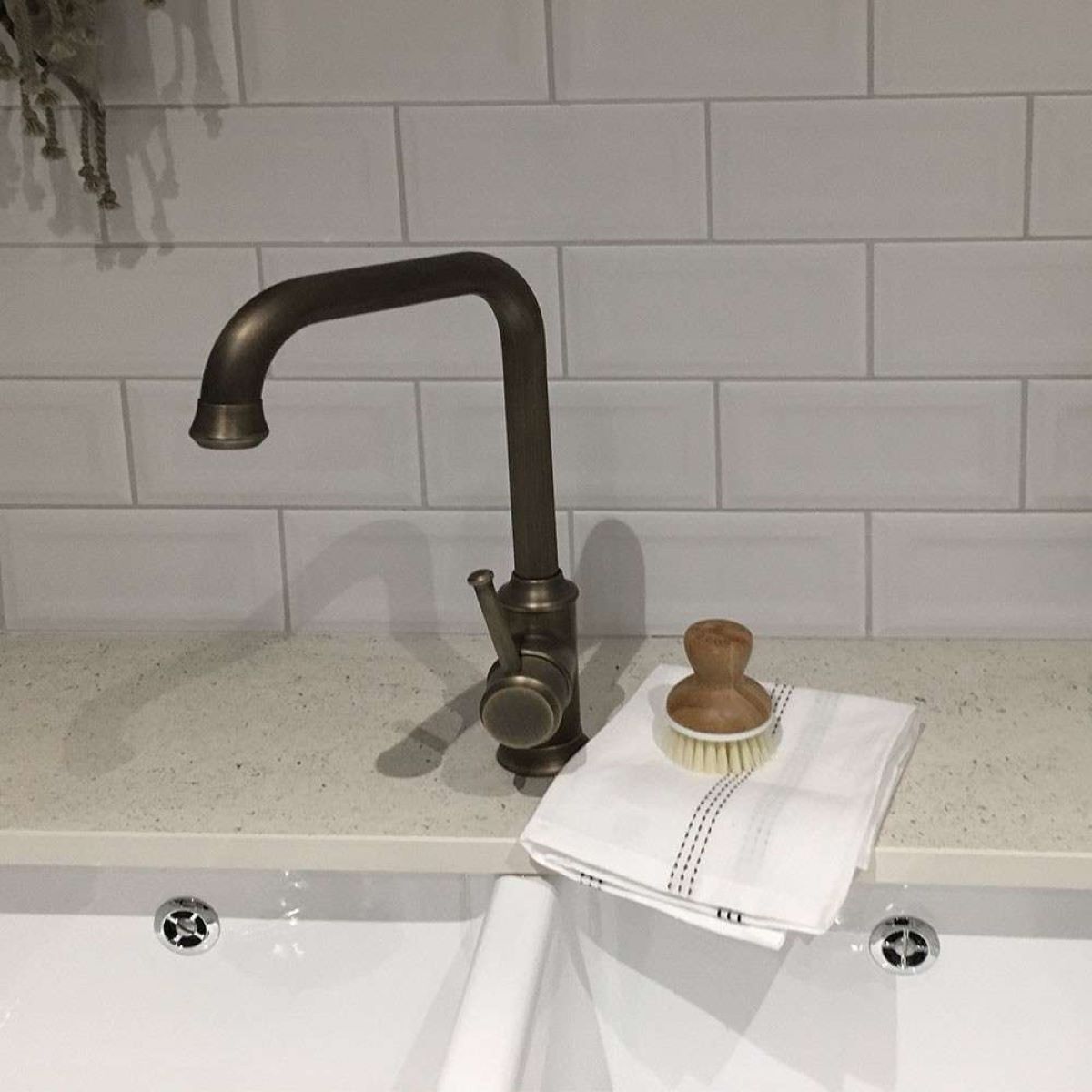

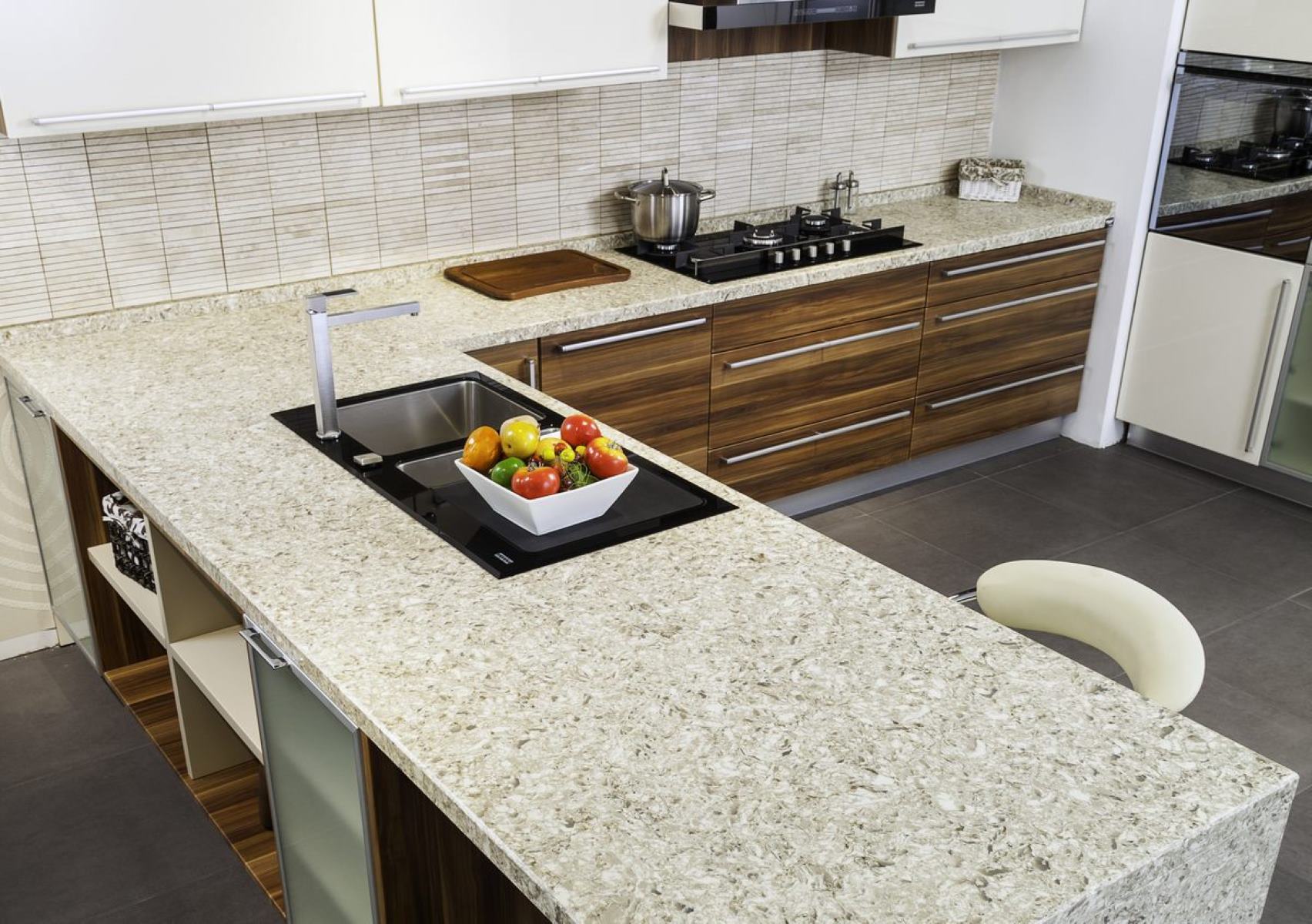
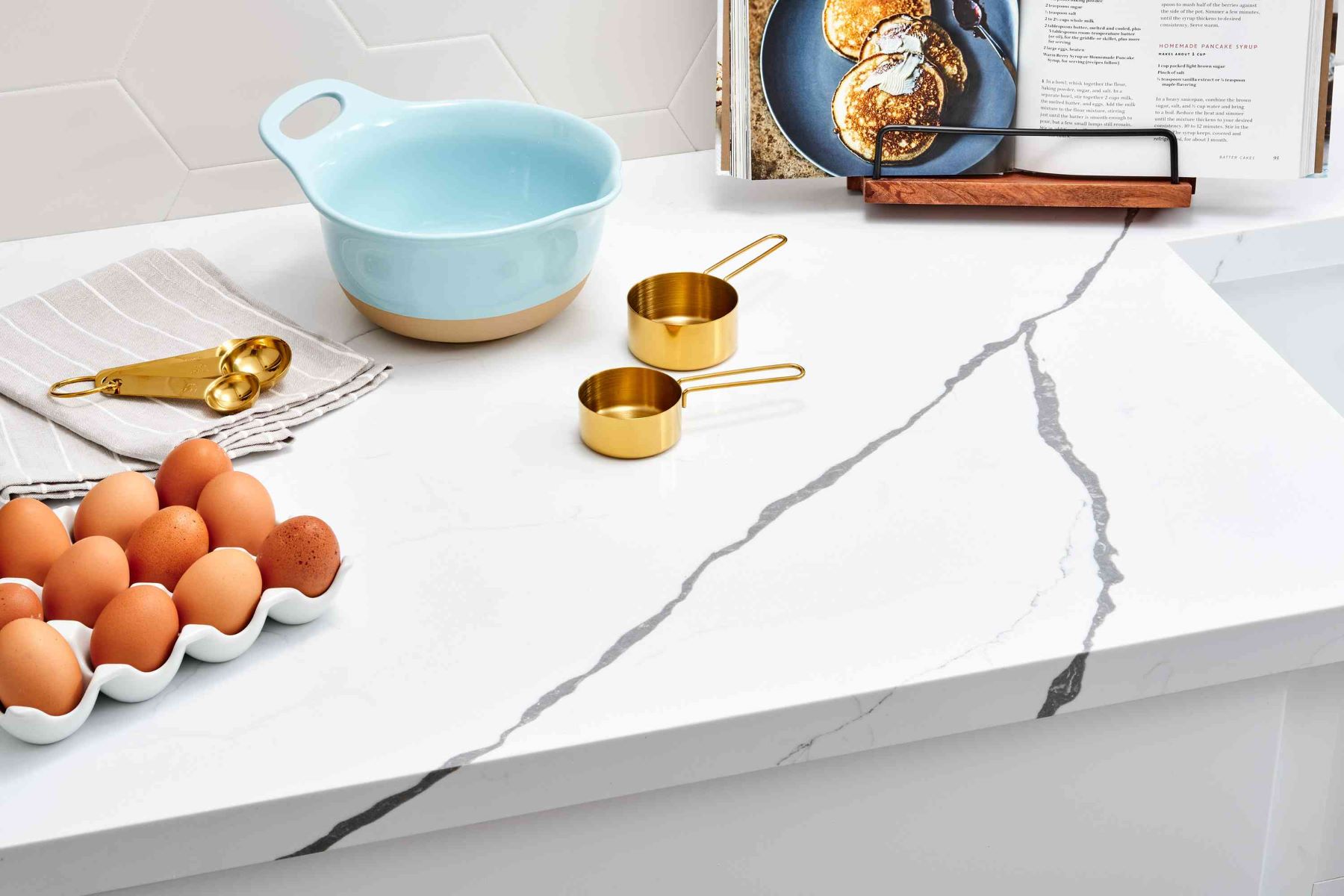
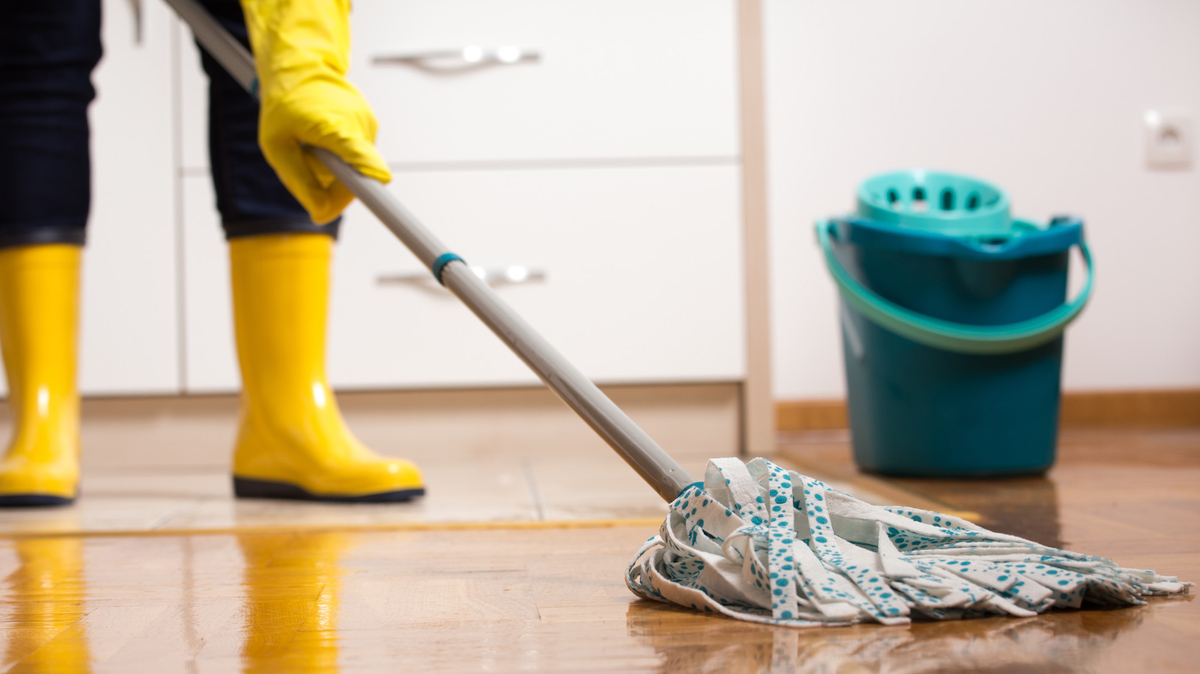
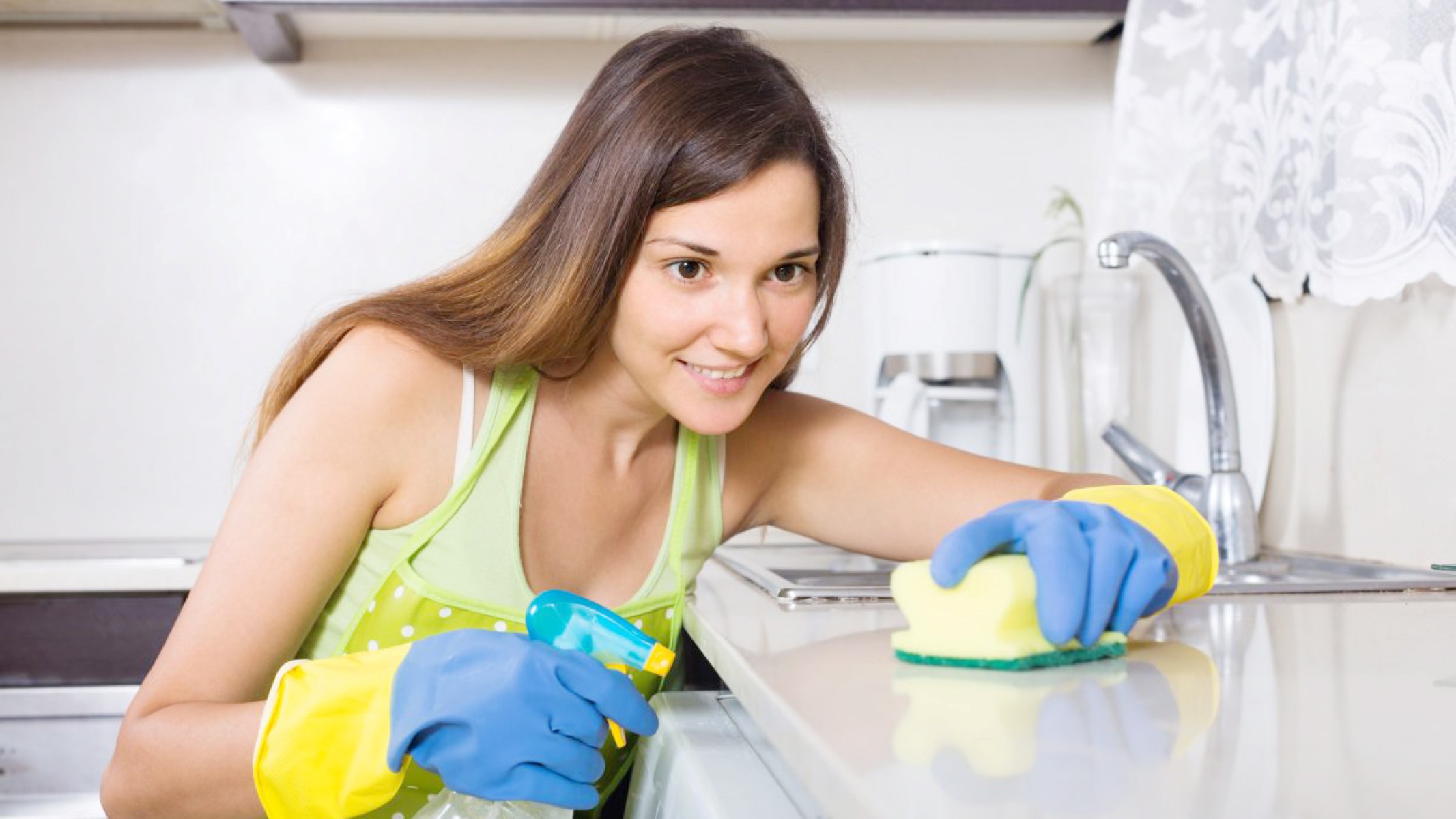
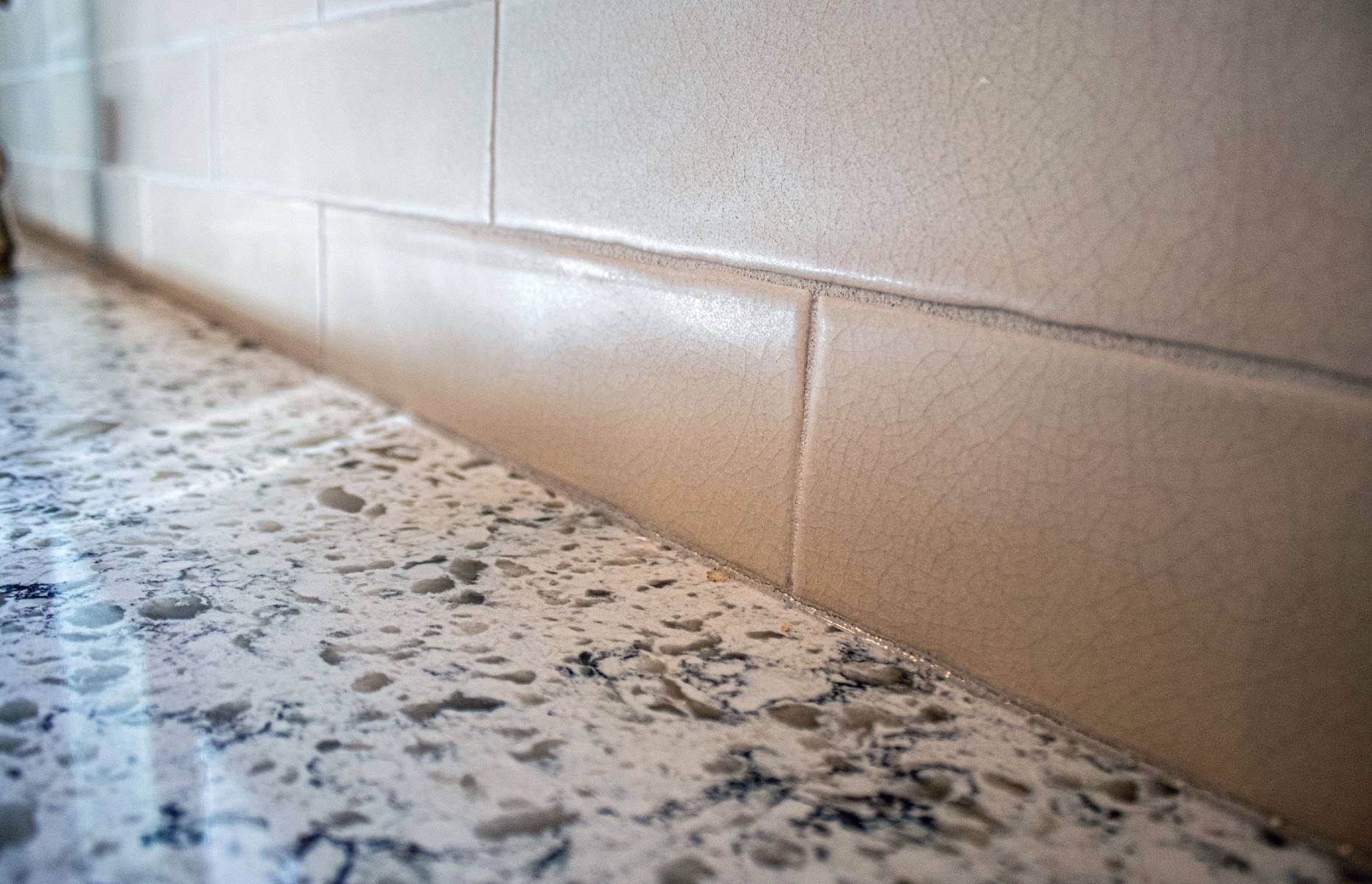
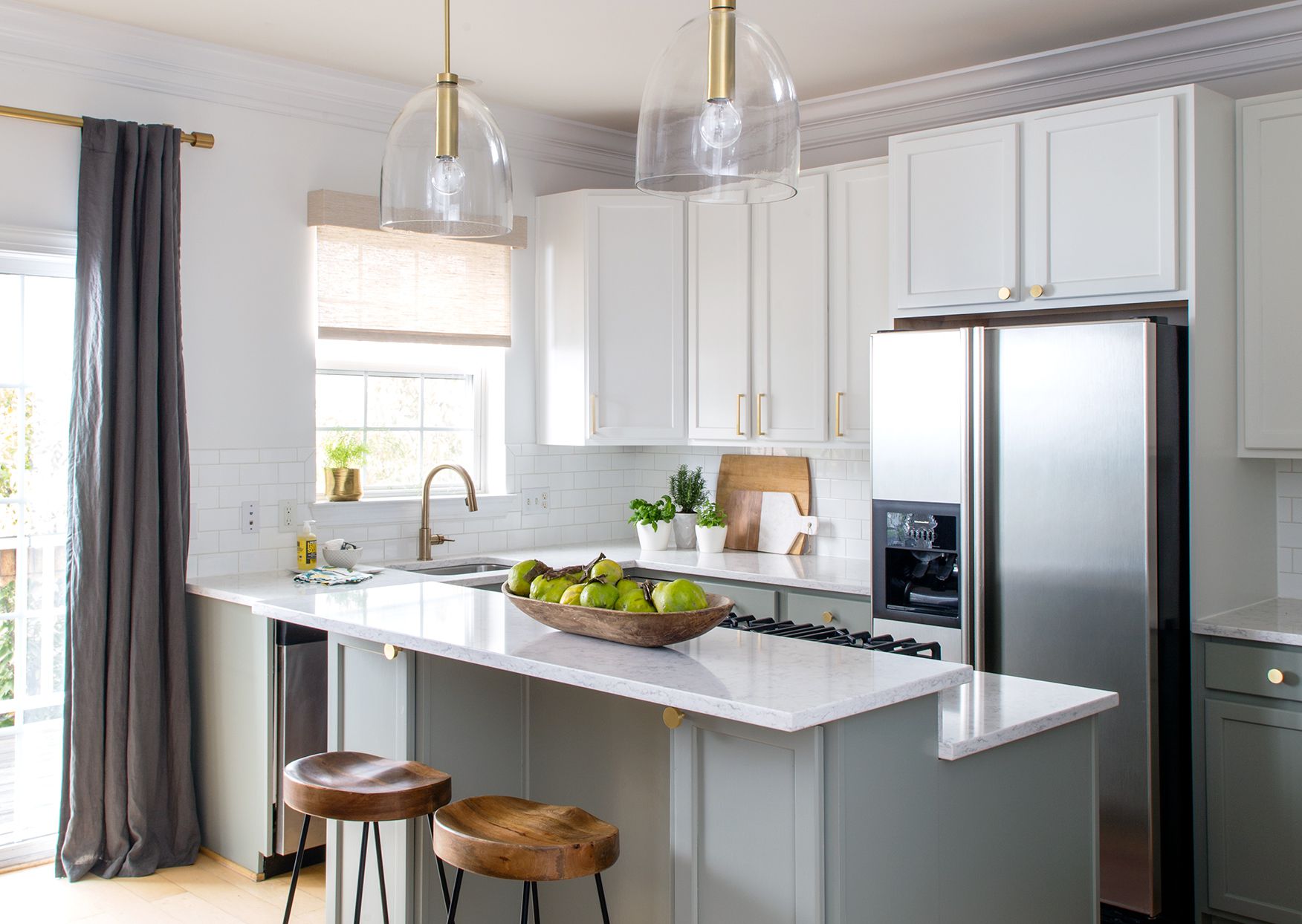
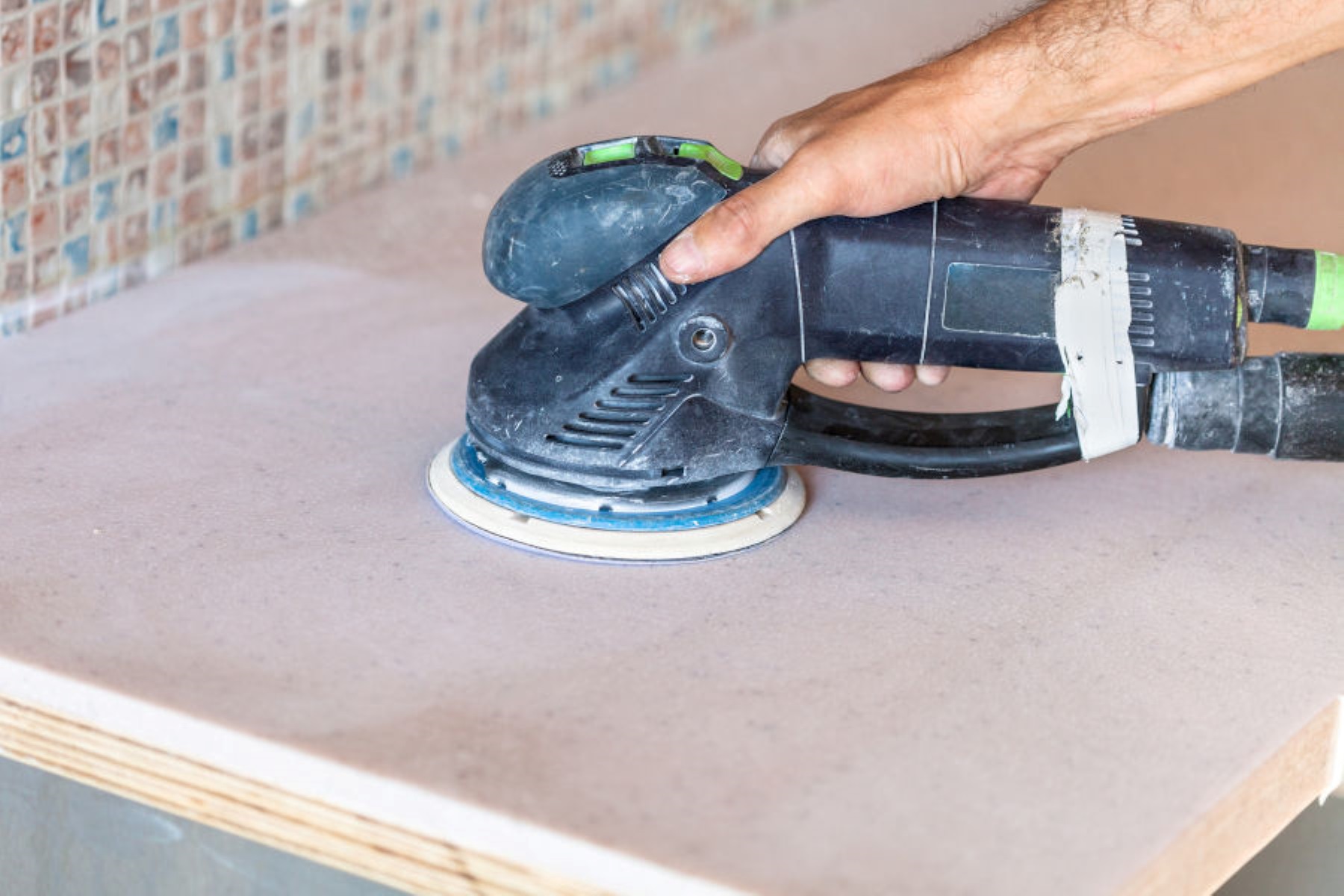
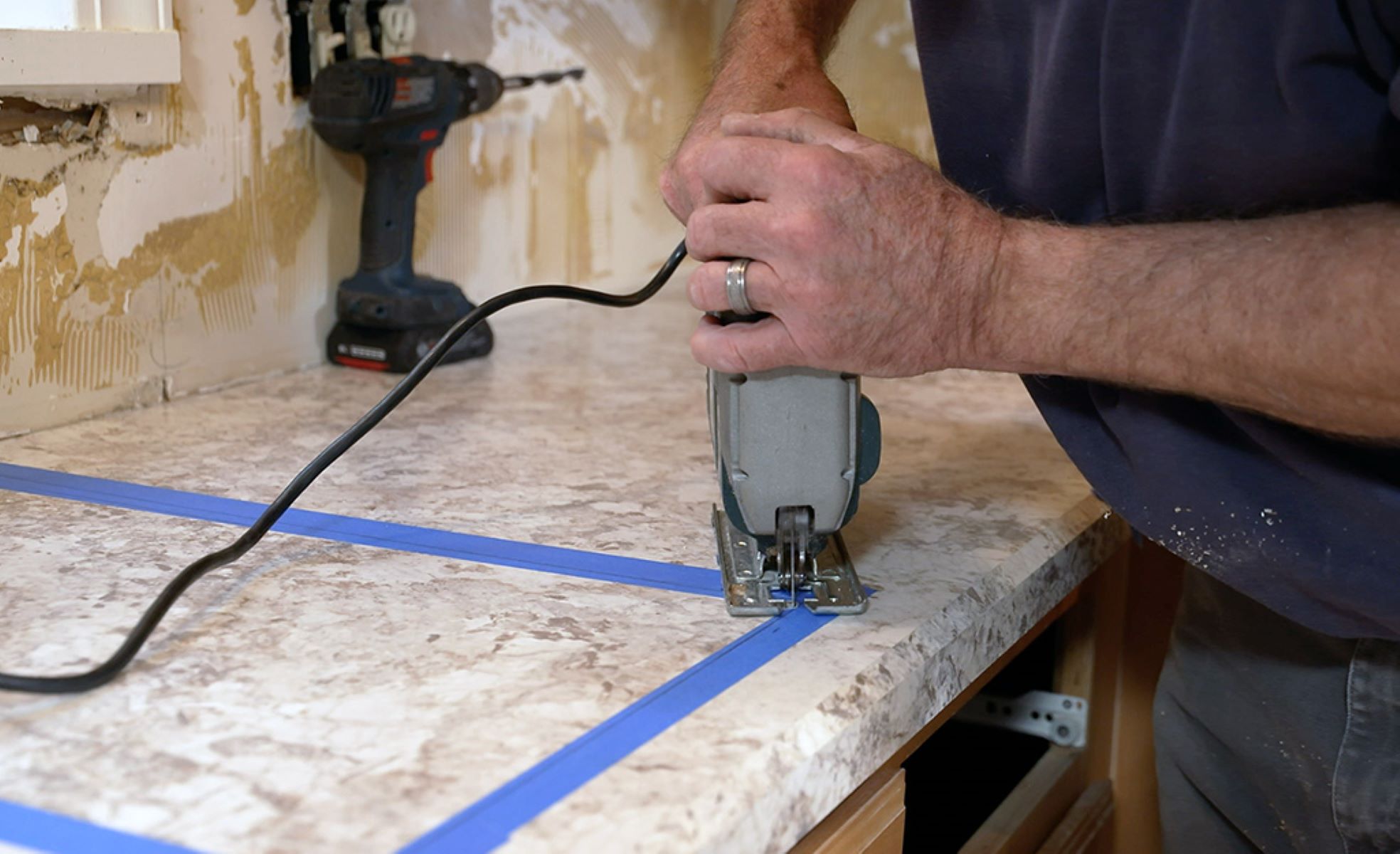
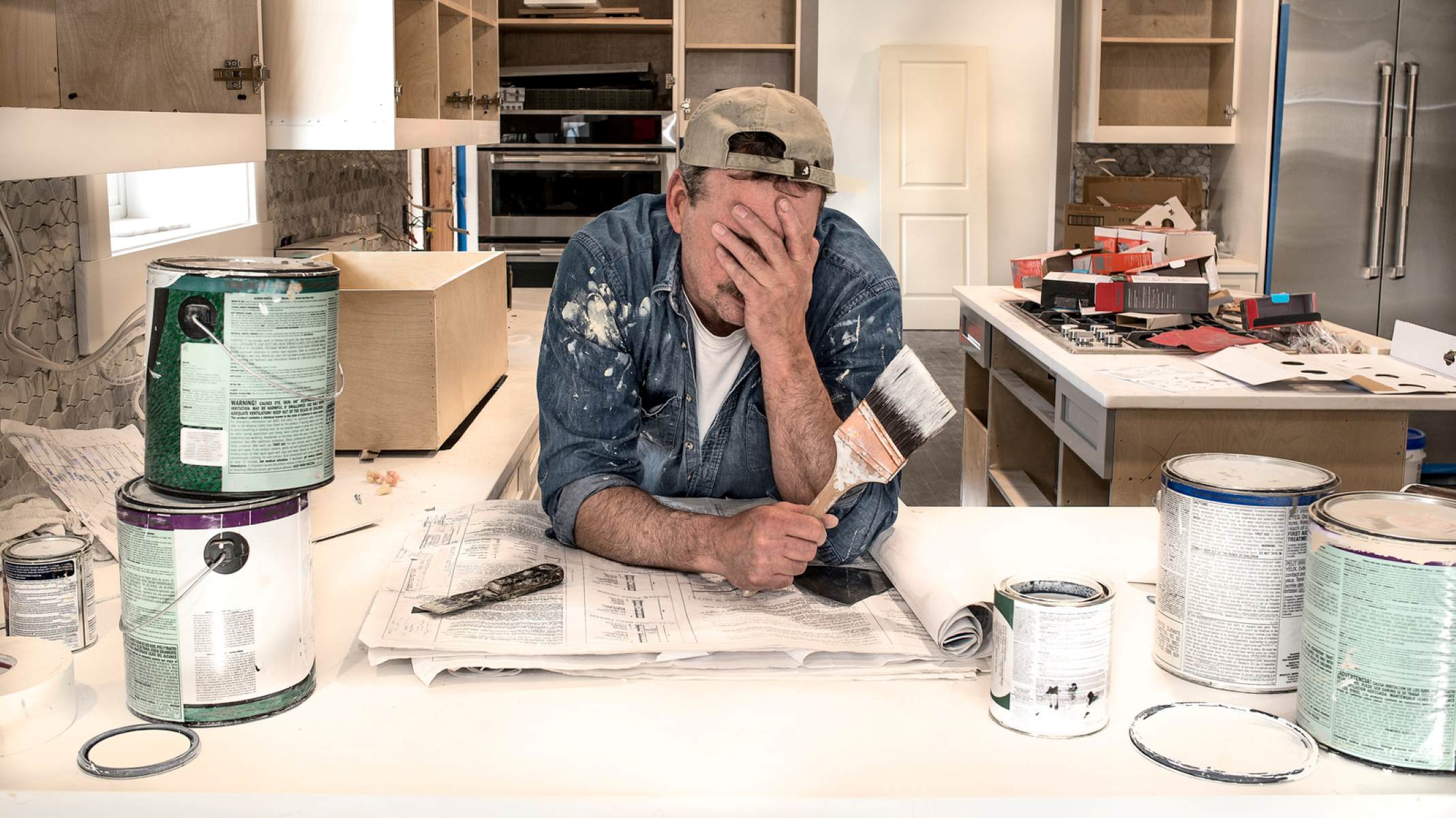

0 thoughts on “How To Care For Limestone Countertops”